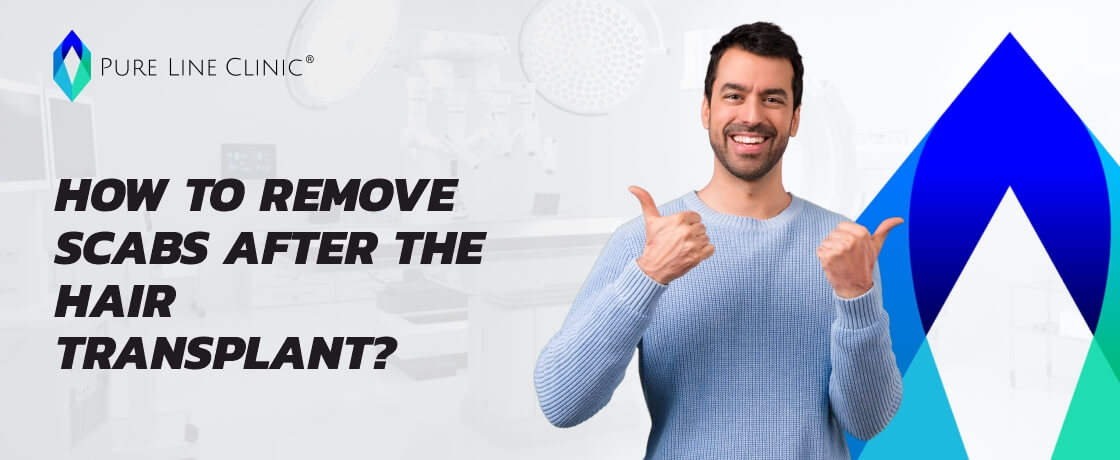
How to Remove Scabs After the Hair Transplant?
Hair transplant surgery is not an easy operation. In this operation, you both get tired and worn out physically and your scalp is worn out. The reason for the wear of the scalp in the hair transplantation process is the thousands of channels opened in this region.
Even in a simple hair transplant, around 2500-3000 grafts are taken from the donor area and transplanted to the bald areas on the head. Therefore, a channel is opened in the head for each graft. The blood flowing through these channels coagulates and dries up, causing scabbing.
We can say the same things for the cultivation area. Unless the DHI hair transplantation technique is used in the operation, a channel is opened for each graft in the transplantation area. Just like in the donor area, some bleeding occurs in the channels opened in the bald area. This blood dries on the scalp and creates scabbing.
Since you will not be able to contact your hair and scalp with water for at least 1 day after the operation, it is not possible to stop this bleeding by washing immediately after the surgery. During this time, the blood naturally turns into scabs.
When Does Scabbing Occur on the Head?
After hair transplantation, scab formation begins with blood flowing during the operation. As we mentioned above, the reason for scabbing is the coagulation of blood during the hair transplant operation. For this reason, the blood clots and dries up when the hair transplant surgery is over. Then it turns to scab appearance.
How to Wash Hair After the Hair Transplant Surgery?
The scab removal process after hair transplantation begins with the first hair wash on the third day following the surgery. The first hair wash is done by expert hands at the hair transplant center where the hair transplant is done. The success of the first wash and subsequent washes is very important in cleaning the scabs quickly and healthily. To prevent scabbing after hair transplantation from damaging the transplanted hair, first week washes should be done as described below:
1-) Before washing, a large amount of softening lotion should be applied to both the transplant area and the donor area. Then you should wait for at least 15 minutes.
2-) The softening creams used in these delicate washes, which last until the scabs are cleared, should consist of ready-made lotion such as we give.
3-) The purpose of using these softening lotions before washing is to soften the scabs. Thus, the scabs will be removed without damaging the transplanted hair follicles.
4-) While applying the lotion, care should be taken to spread it to all areas covered by the operation.
5-) Half an hour after the application of the lotion, the scabs will be softened. After that, you can wash your head by using warm water.
6-) After the washing process is finished, the drying process is done with the help of a kitchen towel.
Remember that not all scabs cleaned immediately after the first wash. Therefore, do not expect that all your scabs will pass.Hair transplant patients need to start special massage wash with fingertips after 10th day.These scabs will be cleaned a little after each wash and when the required time is up, there will be no trace of the scabs.
When does scabbing end after Hair Transplantation?
The scabs that start to form on the 1st day of hair transplantation are almost completely cleared at the end of the first 10-day period. However, this may not happen at the same time for every patient. Scabbing after hair transplantation can completely disappear after 15 days in some patients. Therefore, if the scabs have not disappeared within ten days, do not panic, wait a few more days.

Side Effects of Hair Transplantation: What You Need to Know
The Pure Line Clinic ® says that hair transplants are generally safe when a qualified, experienced medical team performs them. However, even with successful hair transplants, some side effects can happen.

FUE vs FUT, Which is Better Hair Transplant Method ?
FUE Hair Transplant method, which has increased its popularity recently, is the most used hair transplant method in Turkey. Both methods have different advantages.

Hair Transplant Trypophobia
Around 10 million people in the UK are thought to have phobias, with trypophobia affecting one in every six adults. If you feel uncomfortable, anxious, or afraid when you see clusters of small holes together, you may be trypophobic.

Does Minoxidil Work?
Minoxidil is readily absorbed and begins to operate almost immediately to enhance blood circulation in your scalp and speed up your natural hair growth cycle.

Does Finasteride Regrow Hair ?
Finasteride can be used to regrow hair and has been found in clinical trials to be useful in enhancing hair growth. According to one study, 66% of males saw an increase in hair growth after taking Finasteride for two years.

Is Hair Transplant Painful?
Hair restoration surgery is a surgical treatment. Consequently, you would anticipate some degree of pain during the operation. Nonetheless, the unique Puresoft ® system makes even the most contemporary procedures painless.

Ultimate Hair Transplant FAQ Guide
We understand that deciding to undergo hair transplant surgery can be a big decision, and you likely have many questions. That’s why we’ve curated this guide to provide you with answers to the most commonly asked questions about hair transplant surgery.

Alopecia Risk Factors and What to do Them
Alopecia is not always caused by genetics, although people with a family history of alopecia are at a higher risk of acquiring some kind of alopecia.
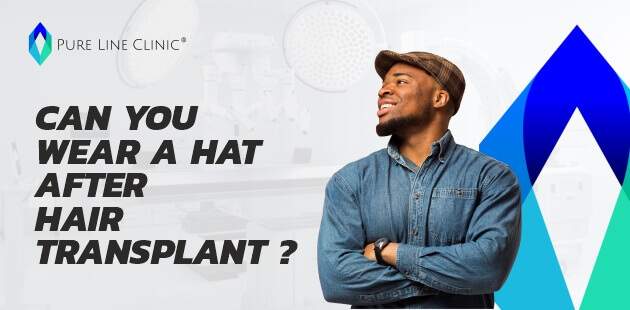
Can You Wear a Hat After Hair Transplant?
Most of specialists will advise you to hold off wearing a hat or cap for at least ten days. Your transplanted grafts must root in the balding areas for 7–10 days.
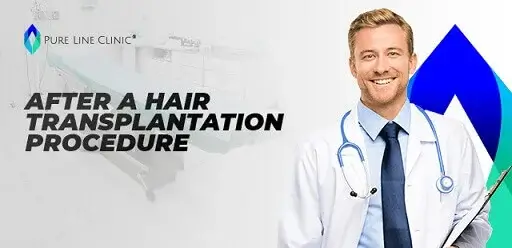
After a Hair Transplantation Procedure
Patients need to pay attention to many issues to get the best result in the post-hair transplant process.

Is Hair Transplant Safe?
In general, a hair transplant is a safe surgery, however like with any surgical process, there is always a tiny risk of: bleeding. infection. a hypersensitivity to the anesthetic.

What is Regenera Activa Treatment?
Regenera Activa is an innovative, non-surgical hair restoration treatment that employs autologous micrografts to stimulate follicular regeneration and combat hair loss effectively.

FUE Hair Transplant Planning and Expectations
Setting realistic expectations is beneficial for all surgeries. Knowing what to expect after FUE hair transplants will be extremely beneficial.
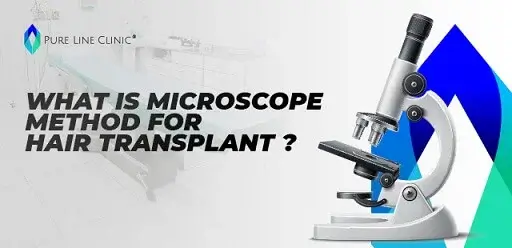
What is the Microscope Method for Hair Transplant ?
Hair transplants can perform in many different methods. The microscope method means analysing the most productive and healthy hair grafts under a microscope before a hair transplant and planning the operation accordingly.
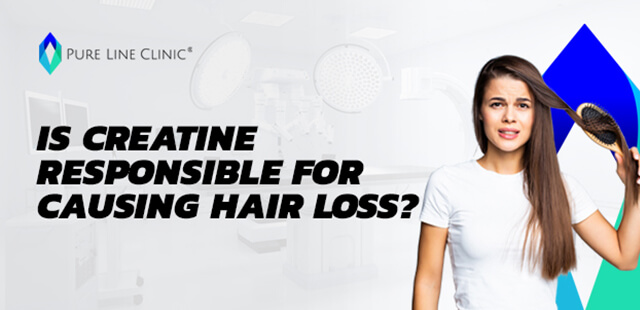
Is Creatine Responsible for Causing Hair Loss ?
Creatine is utilized in hair strengthening treatments. But, does taking creatine make you lose your hair?